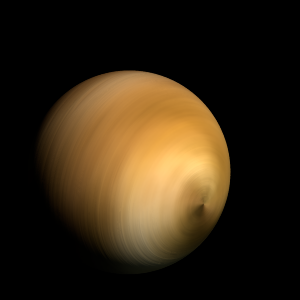|
|
Space Astro
|
Info for exoplanet "Kyumapi"
| Scientific (actual) data |
|---|
| Name | TOI-332 b |
| Planet status | Confirmed |
| Planet mass | 0.18 |
| Radius | 0.285 |
| Orbital period | 0.777038 |
| Semi major axis | 0.0159 |
| Orbit eccentricity | 0 |
| Inclination | 86.4 |
| Discovered | 2023 |
| Updated | 2023-08-24 |
| Tzero tr | 2459060 |
| Impact parameter | 0.25 |
| K | 43 |
| Temperature (kelvin) | 1870 |
| Publication | Published in a refereed paper |
| Detection type | Primary Transit |
| Mass measurement type | Radial Velocity |
| Radius measurement type | Primary Transit |
| Star name | TOI-332 |
| Right ascension | 348.06° |
| Declination | -44.88° |
| Mag v | 12 |
| Star distance | 222.85 |
| Star metallicity | 0.26 |
| Star mass | 0.88 |
| Star radius | 0.87 |
| Star sp type | K0V |
| Star age | 5 |
| Star temperature | 5251 |
| Wikipedia article | TOI-332 b |
Back
| |
| Fictional info (?) |
|---|
| Suggested name | Kyumapi |
| Planet type | Small hot gas planet |
|
| Atmosphere | Formaldehyde | 47% |
| Ammonium hydrosulfide (NH4SH) | 40% |
| Hydrogen chloride | 11% |
| 2H2O | 0.95% |
| Ammonia | 0.0088% |
| Atmospheric pressure | 80 bar |
 |
| No known satellites |
| Google search for Kyumapi |
|
Website by Joachim Michaelis
|
|
|
|